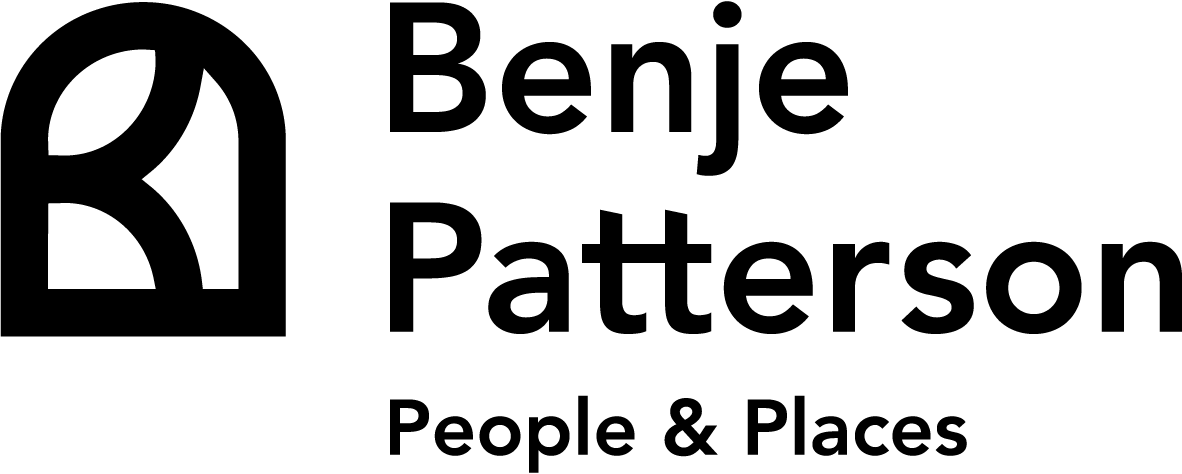Benje Patterson was commissioned by Enterprise North Canterbury to analyse the potential economic impacts from the creation of a dark sky reserve in Waimakariri centred on Oxford.
The full report can be downloaded here. This research has been used by the Oxford Dark Sky Group to support an application for dark sky park status for the 11,350ha Oxford Forest Conservation Area to the International Dark-Sky Association
A dark sky reserve is a designated area, usually a protected natural area, that is specifically designated for the preservation of natural darkness and is free from light pollution. Dark sky reserves can bring about several economic and social benefits. Economic benefits generally stem from increased tourism revenue from stargazing and astro-tourism, while social benefits are broader and can include opportunities for educational programs and a greater sense of community and pride among local residents for their efforts to protect the night sky.
At its heart, this report helps show:
- What could be the potential economic and employment benefits of a dark sky reserve in Waimakariri, centred on Oxford?
- How could potential dark sky tourism in Waimakariri complement a dark sky trail through neighbouring districts?
Key findings
There is potential for dark sky tourism to be a key motivation for visiting for approximately 24,800 additional visitor days in Waimakariri each year.
This estimate is based on a scenario where dark sky tourism rises from its current level to a point where it represents a similar share of the local visitor economy to Mackenzie.

Achieving such a level of market demand from an Oxford-centred dark sky reserve is not a given, and would require significant investment to market, curate, and protect the area’s dark sky offering. Reaching this threshold would be a challenge and would also require sufficient associated visitor amenities (eg. accommodation) being available. Improvements to the Oxford Observatory could be one element of this investment, given that about 20% of visitors to a dark sky location also choose to participate in ticketed stargazing activities during their trip. However, there will be other investments, such as lighting upgrades and marketing that are necessary. The costs of these investments once identified will need to be weighed against the potential benefits identified in this report.
If 24,800 extra visitor days were primarily motivated by dark sky tourism, then this could translate into as much as $4.6 million of spending across Waimakariri from visitors for whom the dark sky sanctuary was a crucial factor in their decision to visit. This level of expenditure would represent about 4.2% of Waimakariri’s visitor economy and could support as many as 24 jobs.
There is potential for a dark sky reserve centred on Oxford to become part of a broader dark sky tourism trail across Canterbury. It is estimated that $45.8 million of spending by dark sky travellers could occur along a network of dark sky locations that encompassed Oxford, Mackenzie, Methven, St James, and Kaikōura.

The spending split along a Canterbury dark sky trail is indicative only. There is a risk given increased competition for dark sky travellers with neighbouring areas that Waimakariri struggles to maintain its market share against areas that are better equipped to service visitors and at more convenient locations along visitor journeys.
The full report assessing the potential economic impacts of a dark sky reserve centred on Waimakariri can be found here. Please get in touch if you are interested in learning more about the market demand and economic impact potential of a dark sky reserve in your local area.
